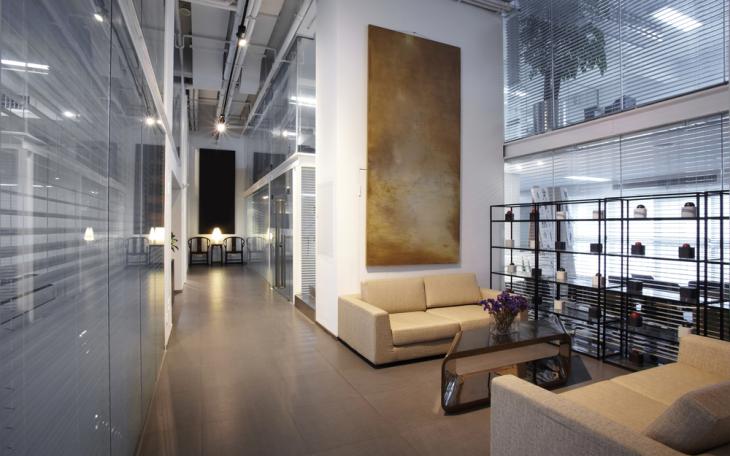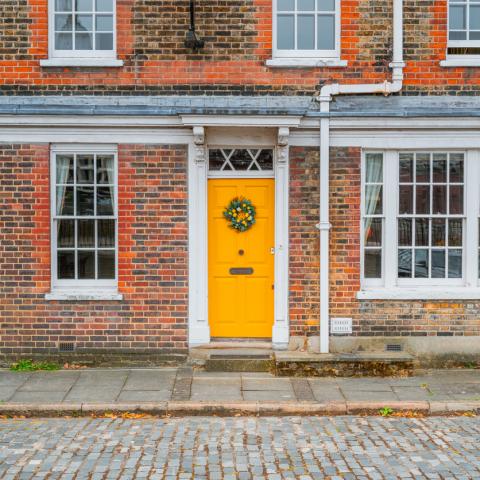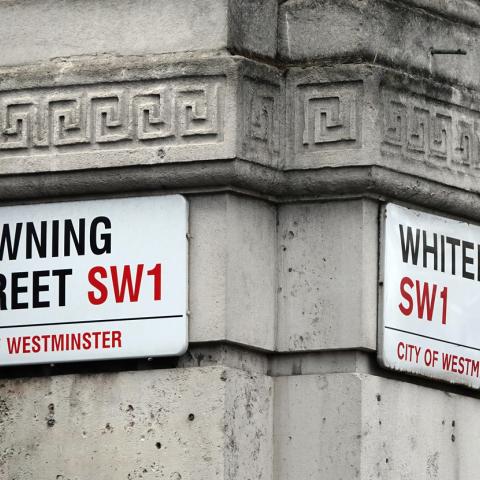War to attract talent will bring luxury offices near you

Literally, in the ups and downs of the return to the office the trend is a definite recovery. Average daily elevator journeys in London reached 9,200 journeys in November, the highest since the onset of the pandemic and 72% of pre-pandemic levels, according to Helsinki-based lift and escalator manufacturer Kone. As a matric of office activity and worker attitude to COVID risk, with lifts being an enclosed space, lift traffic is a good indicator. But, with the pandemic normalising working from home, offices will need to offer lots of benefits to further entice workers back. And with increasing skill shortages and employee demands for flexibility, offices will have to be far more attractive places to work than they have been in the past.
There is a war being fought by companies to attract talent. Offering flexibility is seen as crucial to win. In a survey conducted by KPMG increased flexible working was seen as important to attract people by 76% of respondents, while 59% thought it important for retention. However, this does not mean offices are out. Of more than 3,200 workers across the cities of London, Dublin, Sydney and Melbourne questioned by workplace platform Equiem, 73% rated offices as important to stay connected to colleagues and 70% for collaboration.
For younger workers building careers, office life is even more important. According to a study by office design company, Oktra, 59% of workers aged 16-34 struggled to stay motivated at home while 60% worried about the impact working from home had on their career progression.
When it comes to the ideal office what do occupiers rate? In the survey carried out by Equiem relaxation zones (49%), fewer desks (34%), and more gym and workout areas (34%) were among the highest ranked desired features.
A pleasant working environment is increasingly being seen as an important item on the menu of goodies offered by firms to help attract and retain staff. This as well as seeking offices which are more sustainable and future proofed against tightening emissions legislation has resulted in the increasing uptake of high-quality and amenity rich, grade A office space by occupiers. In September office take up by occupiers in central London reached its highest level since 2019 at 2.7m sq ft.
Birmingham and other regional cites have also enjoyed a surge in take up of grade A office space. They have partly benefited from firms looking to establish offices in regional cities outside of London in the pursuit of a hub-and-spoke model where a smaller but premium central London office is combined with a network of flexible, high-quality satellite offices. This model helps firms tap into local talent who might be put off by long commutes but want the benefit of meeting and collaborating with colleagues relatively close by. Flexibility is key here – both for employee and the employer. Workers are looking for the option of working from home combined with access to a place to work with colleagues while firms want flexible workspace with a licence rather than a long-term lease so that they can easily expand or reduce office space to match their changing business requirements.
Investors have taken note of these demand changes. In central London alone they are estimated to have £40bn to spend on prime offices, those offering excellent facilities and sustainability credentials to attract the right occupiers. But with only a small fraction of offices at grade A, where does this leave secondary offices which will need massive investment to bring them up to standard? For those with the financial fire power and expertise to sniff out well-connected secondary assets with potential, located in outer suburbs and regional towns and cities, this will present an opportunity.









